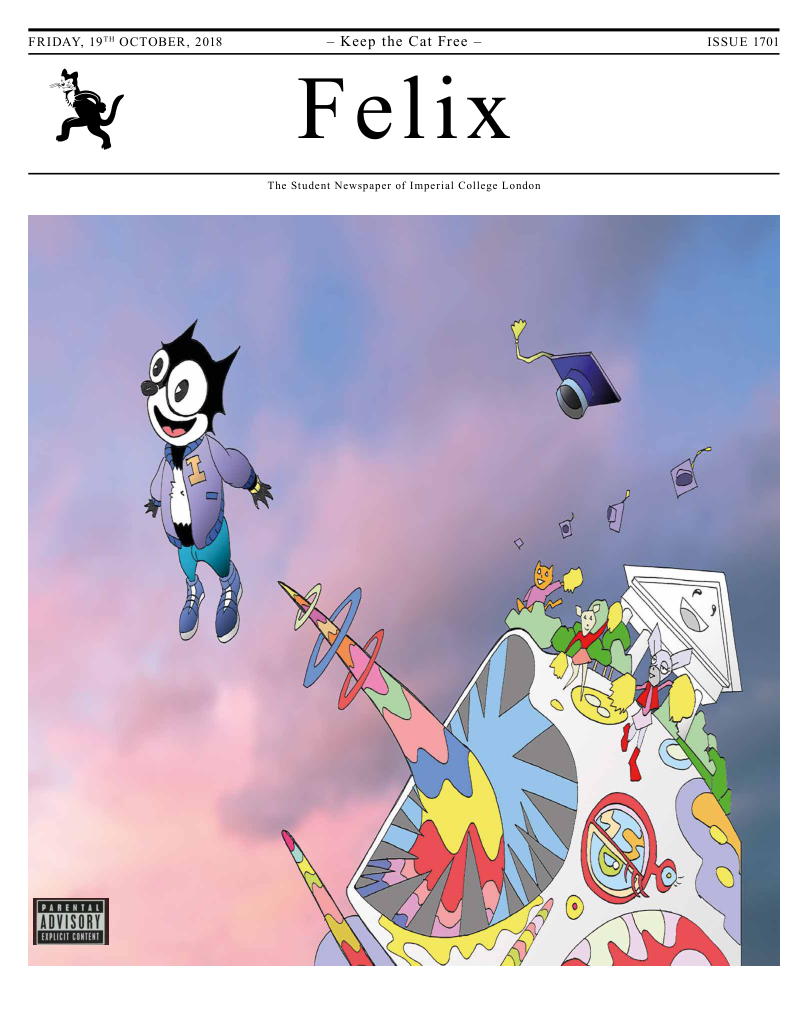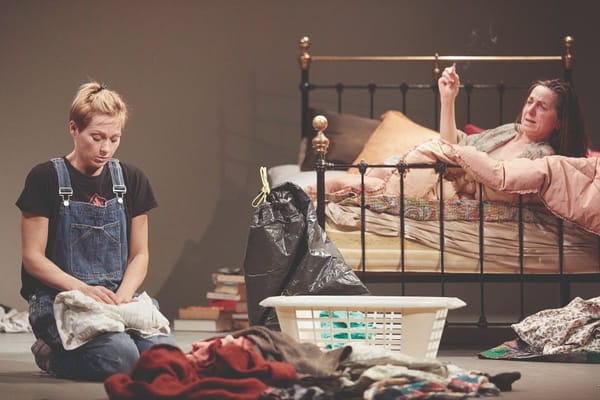DRAG at the Hayward Gallery
A wide-ranging exhibition that showcases the variety to be found in the art form.

Over the past few years, the concept of cross-dressing and the art of drag has become a popular topic and, indeed, almost mainstream. With the increasing popularity of the TV competition show RuPaul’s Drag Race, the audience exposed to the once underground culture of drag has rapidly increased. However, the multifaceted world of gender-bending is perhaps not effectively portrayed through a TV show which focuses primarily on drag queens and the drama which ensues between them. This was the exact issue which I felt the DRAG exhibition at Hayward Gallery handled very well.
Not knowing much about what the gallery was displaying, I was taken aback by the simplistic, minimalist layout of the exhibition room which wasn’t something you would usually associate with drag. With bare white walls sparsely decorated with simple black line art, the room design offset the eccentric pieces being displayed, avoiding complete sensory overload. The pieces were not set out in any kind of chronological order or themes, which I felt was fitting given the free and unbounded nature of drag. I felt that the choice of art being displayed was enjoyable not only in the variety of mediums being used, but also the range of themes which were tackled.
This was truly an exhibition about drag and not just drag queens. The concept of drag is to have fun and make a mockery of the unstable societal structure of gender and gender roles. This is not limited to gender-bending men as is often portrayed in mainstream media. This exhibition included a plethora of different types of drag, displaying both drag kings and drag queens, androgynous pieces of work, over-the-top performance drag as well as more politically driven types of drag. Whilst the majority of the media used in the exhibition was photography and videos, the odd painting and even a makeup wipe (with a face of drag makeup painted on) was also displayed. This diverse range of themes and art styles made the experience non-repetitive, and much more enjoyable.
The beautiful photographs ranged from stunning self-portraits to strange, conceptual pieces which had been heavily edited. These often intimate pictures added a new layer of closeness to the topic of drag within the exhibition, where it was not being used merely as performance, but explored artistic depth and sometimes the political motivation behind the pieces. Along one wall of the exhibition was a series of TV screens (some older box-style TVs) which integrated the crucial feature of performance drag into the showroom. One played a part of Rose English’s comedy performance ‘My Mathematics’, where she donned excessively long false eyelashes and went on to offer members of the audience a gentle butterfly kiss or “violent lashings from her lashes”. Other videos included funny drag makeup tutorials, weird black and white silent films, and a collection of performance art by the legendary Leigh Bowery. However, my favourite by far was the spoken word performance ‘Tell me everything you saw, and what you think it means’ by Victoria Sin who is a hyper queen (a cis-gendered female doing drag in the style of typical male drag queens). In this piece, Sin poses lying down, propped up on one arm, remaining incredibly still aside from the gentle blinking of her eyes. This is accompanied by a spoken word piece encouraging the viewer to look carefully at her body, the softness in her posture, and the exaggerated features of her makeup. She warns the viewer that you will soon no longer be able to see her, and to take a final look. Yet once the screen goes black, you remain entranced by the soft voice of the narrator describing how she exits the frame and walks out into reality.
Whilst I did enjoy the exhibition, I found that I left seeing some very pretty pictures and being entertained but not much more than that. According to the exhibition description, the pieces touched upon many topics such as the AIDS crisis, gay rights and many other political movements from the 1960s to the modern day. Unfortunately, I felt that this was not clearly explored when viewing the pieces of art, leaving the viewer bewildered about the meaning behind the pieces. This was a particular problem with the abstract pieces, which would have benefited from some commentary about what the artist was ultimately trying to explore. As no such commentary was provided (other than a few guided tours), I left feeling slightly underwhelmed, not having fully understood the meaning behind all the pieces. All in all, I felt that while DRAG was successful in showcasing many features of the drag world, the lack of explanation made it difficult to enjoy the exhibition to its full potential.
-3.5 stars









